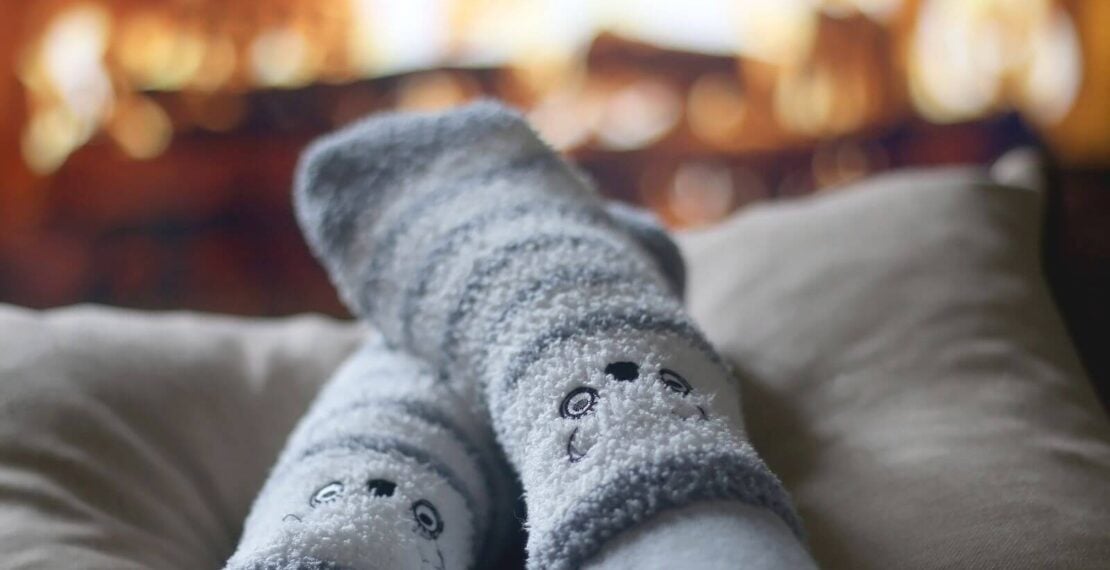
So you’re ready to let go of your past, quiet the negative mind chatter, and see what ketamine treatments have to offer. You’re all in. Except you have no idea what to expect. No worries. You’re right where you should be! Of course, a bit of guidance to prepare for the experience couldn’t hurt, right?
Ketamine, The Swiss Army Knife Treatment
Hospitals and pain management clinics have used ketamine as a chronic pain reliever and anesthetic for years. But like many FDA-approved drugs, ketamine shows potential therapeutic value in other areas as well.
Ketamine’s non-anesthetic benefits are primarily linked to mental health issues like treatment-resistant depression, anxiety, PTSD, bipolar disorder, and obsessive-compulsive disorder (OCD). People also experiment with ketamine to improve their relationships and address existential issues, including psychological reactions to physical illness, personality disorders, life-threatening illnesses, and substance use. Beyond those conditions, ketamine can also help overcome stress, feeling lost, bad habits, and lack of purpose.
Whether you’re suffering from a quarter-life crisis, a mid-life crisis, or chronic malaise and lackluster living, ketamine treatment can be life-changing with the proper dosage, setting, time frame, and integration therapy.
Curious about supporting your mental health through ketamine? Check out Third Wave’s vetted directory of ketamine clinics and ketamine-assisted psychotherapy therapists in the US.
How To Take Ketamine
Ketamine can be administered in several ways, including:
- Intravenous (long and slow ketamine infusion)
- Intranasal spray
- Intramuscular injection (quick ‘shot’ of liquid)
- Sublingual or oral (lozenge or rapid dissolving tablet)
- Suppository
- Patches
During at-home treatments, you’ll generally receive sublingual, intranasal, or intramuscular ketamine doses. In clinical settings, guides often recommend you try intravenous ketamine for enhanced benefits from slow, extended, and controlled delivery.
“Having been at the forefront of ketamine’s clinical application for mental health treatment, I have a unique perspective on both sides: providing intramuscular injections in my own in-clinic private practice, and through Mindbloom’s virtual administration in the at-home setting. No matter the setting, this medication can be life-changing for patients,” explains Dr. Leonardo Vando, Medical Director at Mindbloom.

Side Effects And People Who Might Not Benefit From Ketamine
Yet before you discover the warm and fuzzy stories of success, it’s crucial to remember ketamine isn’t a one-size-fits-all treatment. In a study of three different ketamine practices and 200 patients, the authors highlighted areas where ketamine may not be practical or can cause potential side effects.
For example, patients experienced nausea and vomiting as a common side effect. And in one to two percent of cases, patients didn’t respond at all—even at high dosages. Researchers noted that people with more rigid personality structures had trouble entering the trance state and sustaining the benefits. Patients’ medical history, prescriptions, and pre-existing conditions also played a role in the safety and efficacy of ketamine treatments.
That’s why it’s so important to disclose all mental health and general health history to your provider to ensure you’re an appropriate candidate.
How To Prepare
- Do your research. From podcasts to Reddit threads, Yelp reviews, and online publications, you can find a plethora of information to prepare for the experience.
- Take an online survey like this one from Mindbloom to make sure you’re a candidate.
- Once you decide to move forward and select a ketamine provider, ask as many questions as possible to learn about their process and procedure.
- Set intentions about what you want to feel and accomplish. Mindbloom considers intention setting an essential component of psychedelic treatments.
- Set a date for your first treatment. If you decide to stay at home, make sure someone you trust will be there for the journey.
- For at-home-treatments, create a safe, comfortable, and sacred space to foster the energy and intention you want.
- Wherever you are, make sure to gather items that help you feel comfortable, like blankets, slippers, incense, oils, and your favorite playlist.
- Have a pen and paper ready. Journaling after ketamine treatment can help to integrate the lessons from your experience.
If you’re interested in working with Mindbloom, use code “thirdwaveishere” to receive $50 off services.
Ketamine Is All About Location, Location, Location
The setting can make, or break, your ketamine experience, which is why it’s so important to choose a clinic or home setting that feels right and bring items that make you feel more open.
You might not associate fuzzy slippers and eye masks with ketamine therapy. But the psychedelic guides at Mindbloom say the perfect treatment settings are built on love, while being undeniably cozy and safe. In Mindbloom’s NYC office, compassionate guides present patients with all the trappings of a day at the spa, including zero gravity chairs, recovery refreshments, an integration room, weighted blankets, Bose headphones, and aromatherapy.
Mindbloom hoped to combine its spa-like clinical treatments with virtual sessions using sublingual doses to make ketamine more accessible and affordable. However, as a result of the COVID-19 crisis, Mindbloom now offers a 100% virtual option. Through telemedicine, Mindbloom administers ketamine treatments curated to your needs at home. And that can be a huge benefit in making you feel safer as you journey through a “totally out-of-body, dissociative experience.”
At-home ketamine treatments are similar to clinical settings with a couple of key differences. For example, the method of ingestion is usually different. At a clinic, you have access to IV ketamine infusions. At home, you’ll generally take a sublingual dose. You’ll also need a loved one there to keep an eye on you, along with reliable internet access for video calls with your guide.
“At Mindbloom, we focus on a holistic approach that includes ample preparation for the experience while helping patients create an expansive and open mindset in a safe, comfortable, and familiar physical setting: their own space,” Dr. Vando explains. “Additionally, at-home treatment has the benefit of increasing access for people who may be hesitant to seek ketamine therapy due to time constraints or lack of in-personal regional options. It also helps overcome ‘white coat syndrome’—where people become anxious in clinical settings.”

What People Are Saying About Ketamine Treatments
Ketamine therapy effects vary as much as the individuals who take it. Some people experience more subtle wellness benefits, allowing new thoughts and insights to emerge. Others talk about feeling separate from their bodies or feeling a different state of consciousness, which leads to shifts in perception that lead to profound changes.
Many describe the effects in ways such as a gray fog over life lifted, I feel lighter, I laugh more, and my desire to numb with drugs and alcohol diminished. As a result, many people report getting off prescription medications and feeling complete remission of depression. Professional basketball player Lamar Odom famously freed himself of addiction through ketamine treatment and other healing modalities.
You can find endless uplifting stories about the effectiveness of ketamine for mental health and chronic pain relief. But it’s essential to be aware of the people who experience immediate comfort, only for the pain, depression, or suicidality to recur a short time after. Such fleeting benefits are less than ideal, but these stories don’t imply that ketamine is meritless. They indicate you may need to continue taking small maintenance doses after the initial round of treatment to sustain the positive changes.
The Bottom Line
Like any therapy or psychedelic treatment, the experience will be as unique as you are. The key is to stay open to the possibilities because you may be surprised to find more benefits than you could imagine. Do your homework to find a facility that feels right, prepare by setting intentions, and make sure to feel confident in your guide before getting started. Once you’ve laid the groundwork, go all in, enjoy the journey, and please share the trip when you get to the other side!








Se puede beber el contenido de una ampolla de ketamina para uso intravenoso? Si es así, cual es la mejor dosis para un cuerpo de 100kg
Is it possible drinking an intravenous unit of Ketamin? If so, how many miligrams are the best for a 100kg or 220 pounds wheight body?
Hi Pepe,
Please don’t drink ketamine. It would be best for you to contact a local ketamine clinic about treatment options.
Stay safe,
Ginger